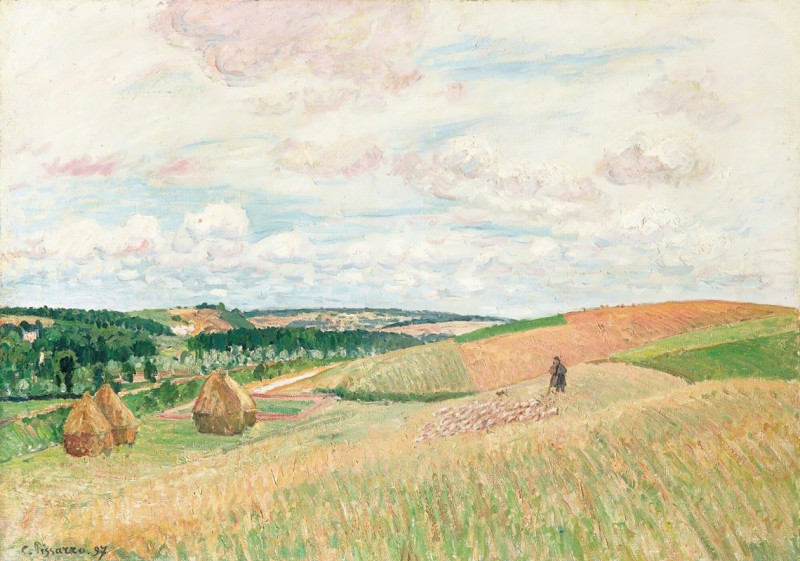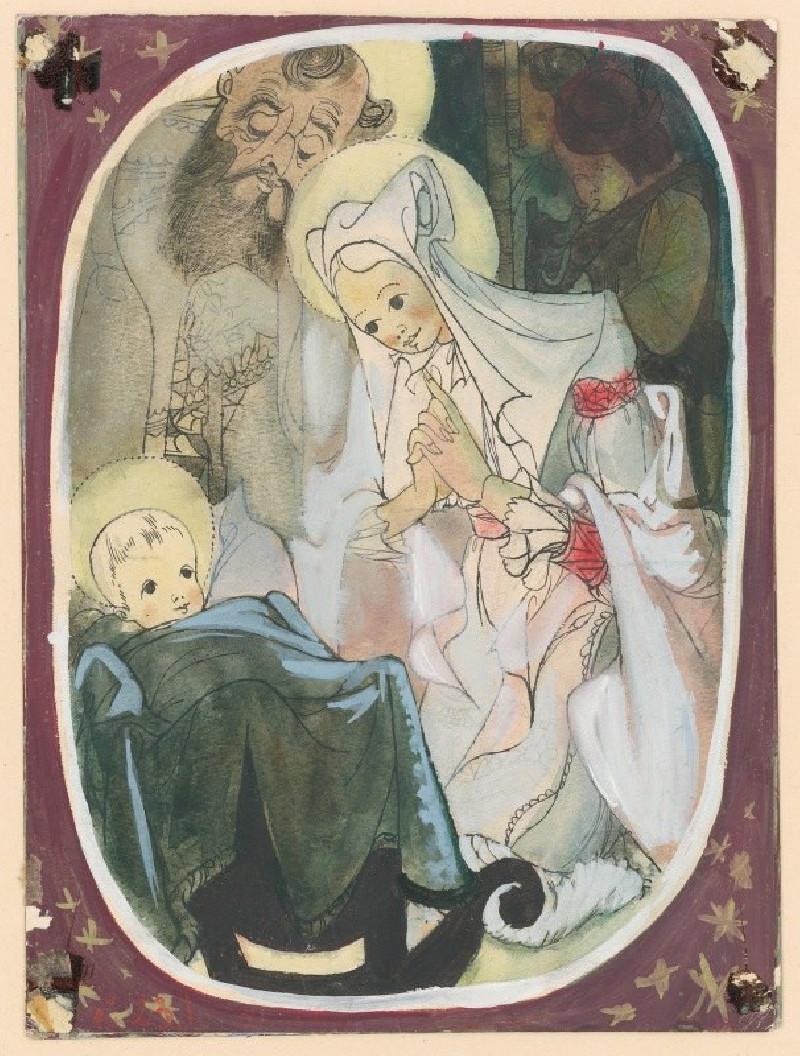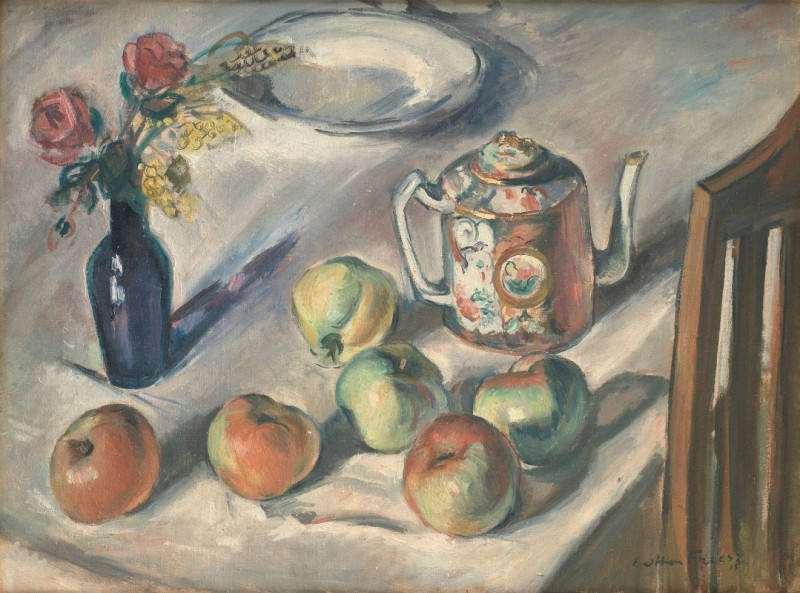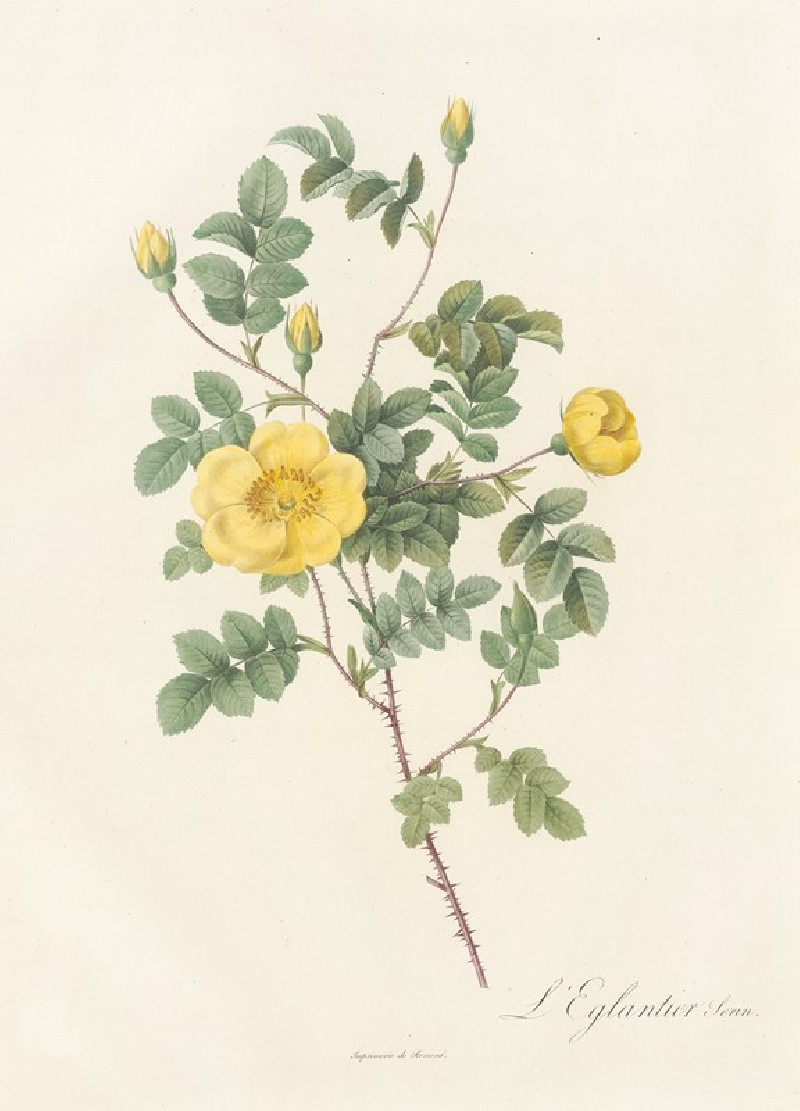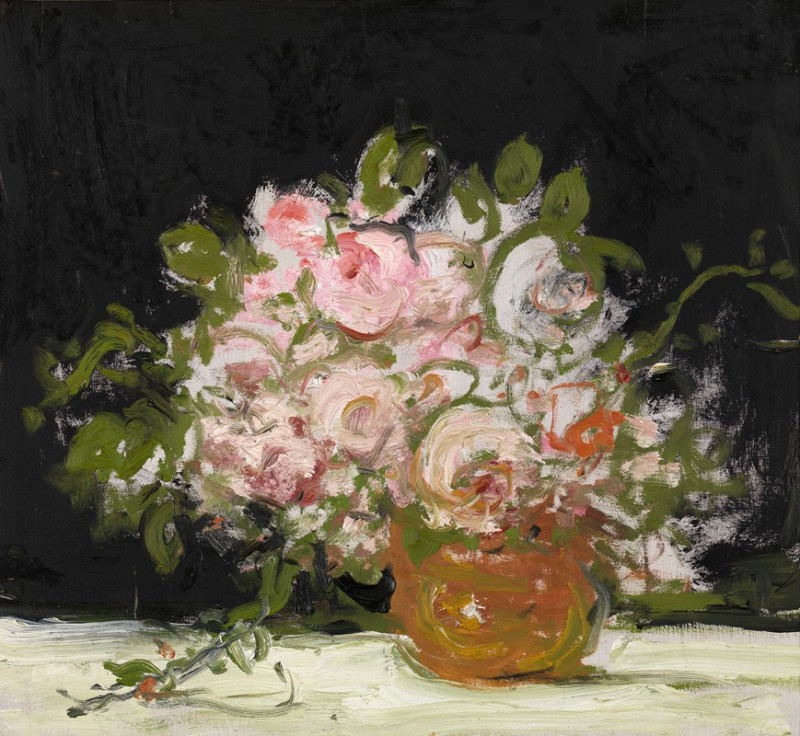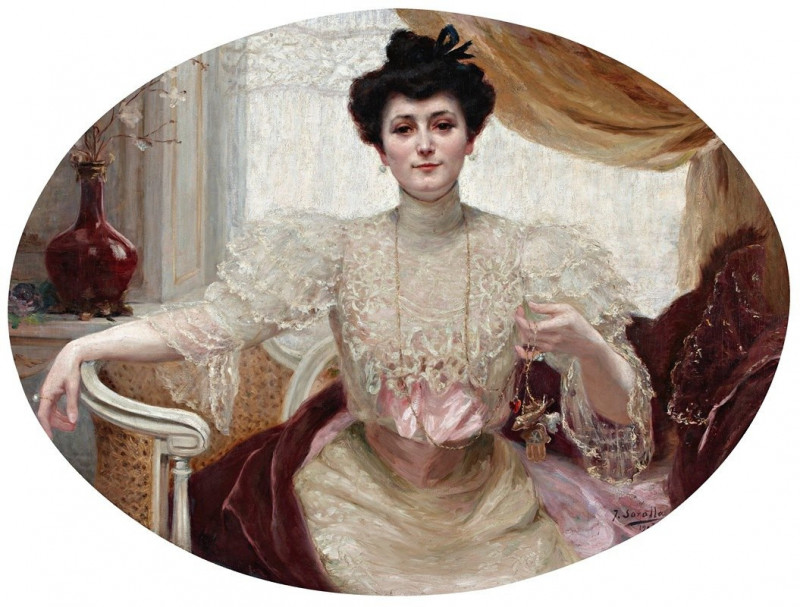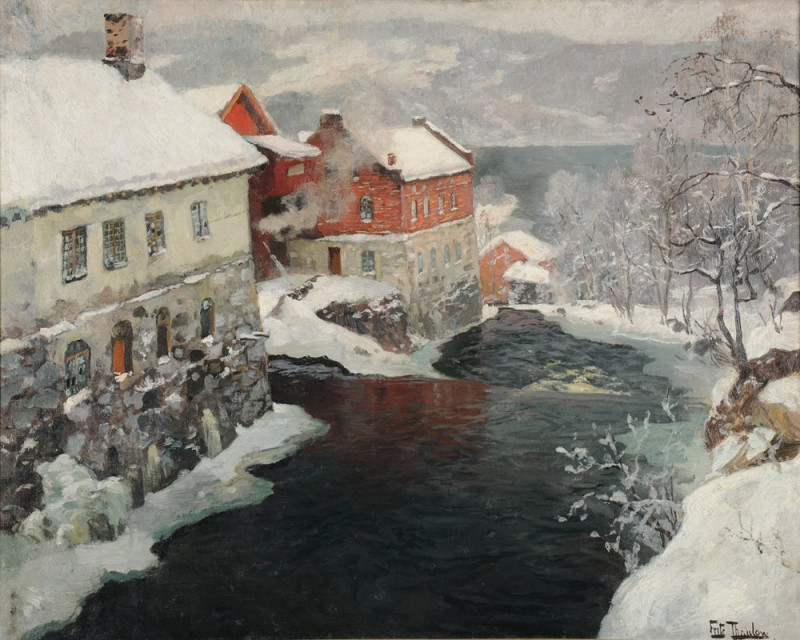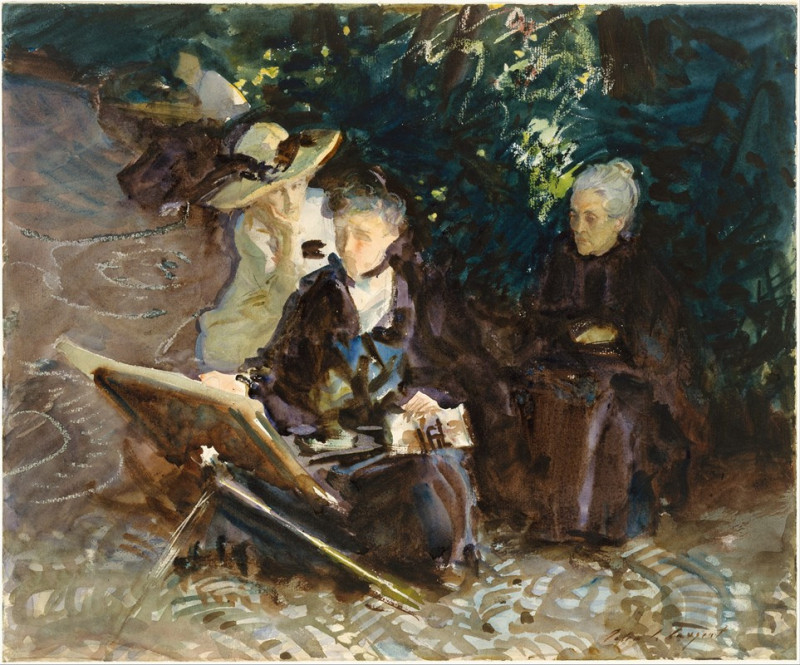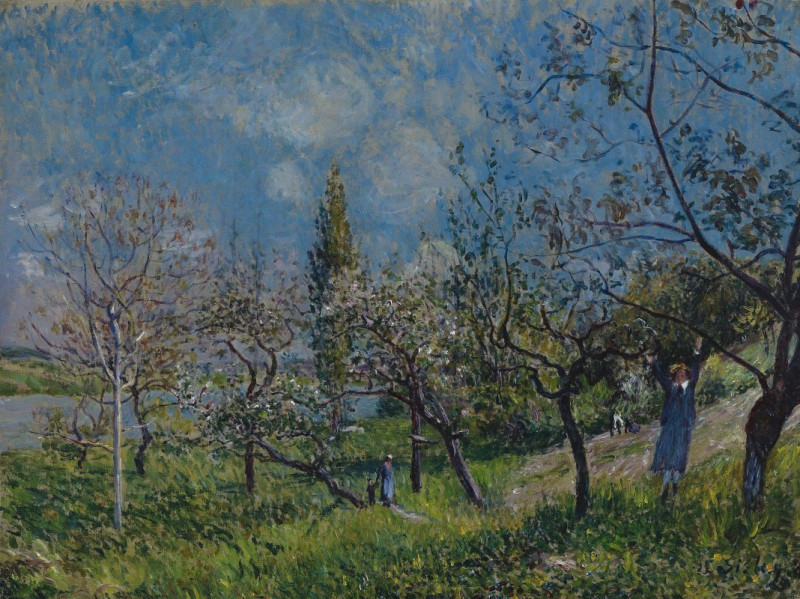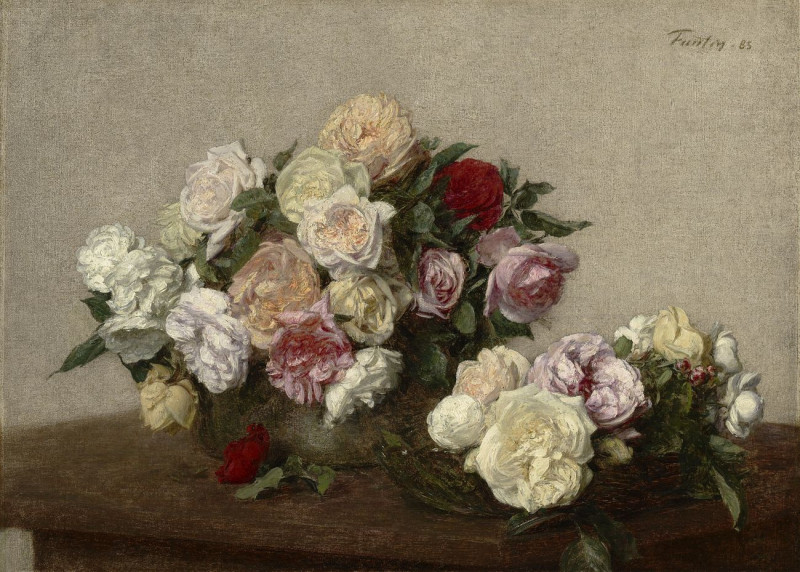Les Coteaux De Thierceville, Meules, Berger Et Troupeau (1897)
Technique: Giclée quality print
Recommended by our customers
More about this artwork
Delve into the serene beauty of the countryside with Camille Pissarro’s evocative painting, "Les Coteaux De Thierceville, Meules, Berger Et Troupeau," created in 1897. This work highlights Pissarro's genius in capturing the essence of rural life through his distinct Impressionist style.The painting presents a tranquil rural scene set in Thierceville, a testament to Pissarro’s love for the landscapes of the French countryside. The composition is dominated by expansive rolling hills under a vast, expressive sky. The viewer’s eye is drawn to the golden hues of the harvested fields, dotted with haystacks that anchor the scene’s pastoral charm.In the foreground, a shepherd, accompanied by a flock of sheep, adds a lively human element to the canvas. This figure, seemingly in motion, is depicted with a blend of detail and softness, harmonizing perfectly with the gentle undulations of the terrain.Pissarro’s masterful use of light and color evokes the changing seasons and the rhythmic patterns of rural life. The clouds, painted with light brushstrokes in shades of white and pink, suggest the fleeting nature of the moment, capturing the dynamic, ever-changing skies."Les Coteaux De Thierceville, Meules, Berger Et Troupeau" is not just a visual delight; it is a poignant reminder of the timeless bond between nature and humanity. Pissarro’s work invites viewers to reflect on the beauty of simplicity and the peaceful rhythms of rural existence.
Delivery
Returns
Blessed are they who see beautiful things in humble places where other people see nothing. — Camille Pissarro
Camille Pissarro (1830-1903) was born on St.Thomas (now the US Virgin Islands) to a Portuguese father and a Dominican mother. He went to Paris to study art at Ecole des Beaux-Arts. He was an early pioneer of pointillism and neo-impressionism and later became a mentor of many famous impressionist painters including Cezanne, Manet, Renoir, and Gauguin. His paintings depicted rural and urban French landscapes and lifestyle. Many of his works politically captured images of peasants and laborers. Today, he is considered the father of impressionism.

